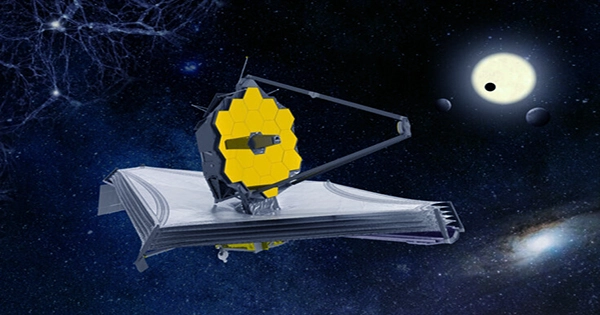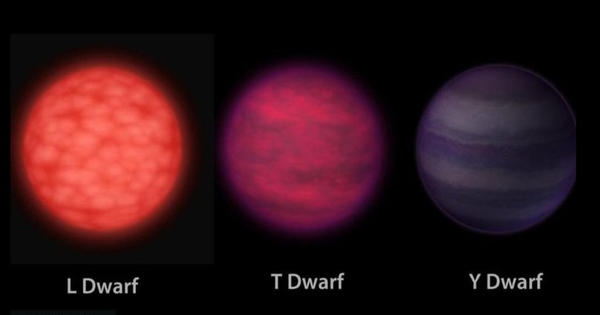In a week that has seen the discovery of the most distant single star and the most distant galaxy, a record-breaking funky space phenomenon known as a “megamaser,” a powerful radio-wave laser that is at least 1,000 times brighter than the Sun, comes the discovery of a record-breaking funky space phenomenon known as a “megamaser,” a powerful radio-wave laser that is at least 1,000 times brighter than the Sun. Astronomers have now discovered the furthest one, whose light originates from a distance of 5 billion light-years (58 thousand billion billion kilometers). The results, which have been approved for publication in The Astrophysical Journal Letters, demonstrate that the emission is caused by compact gas, specifically hydroxyl molecules, which are made up of one hydrogen atom and one oxygen atom. When activated by a high-energy process, they produce light with a highly particular wavelength, producing a laser-like signal.
Hydroxyl megamasers are found in infrared-bright galaxies with a lot of gas. Megamasers are characteristics of galaxy mergers, therefore studying them provides a unique perspective on galaxy evolution. “When galaxies collide, the gas they contain becomes incredibly dense, which can cause focused beams of light to burst out,” said lead scientist Dr Marcin Glowacki of Curtin University. “This is the first hydroxyl megamaser to be detected by MeerKAT, and it is also the most distant hydroxyl megamaser ever spotted by any telescope.”
In the isiZulu language, the galaxy is known as “Nkalakatha” [pronounced ng-kuh-la-kuh-tah], which means “huge boss.” It boasts a brightness that is almost 6,000 times that of our Sun. The finding was made as part of the Looking at the Distant Universe with the MeerKAT Array (LADUMA) survey by the MeerKAT telescope in South Africa. The finding was made on the program’s first night of observations, which is expected to scan the night sky for 3,424 hours.
“It’s incredible that we’ve already discovered a record-breaking megamaser after only one night of observing.” Dr. Glowacki, who formerly worked at the University of the Western Cape in South Africa, adding, “It just demonstrates how excellent the telescope is.” The LADUMA project seeks to investigate a tiny area of the sky in great detail, with a special focus on hydrogen and hydroxyl emission from very distant galaxies. The objective is to learn more about galaxies throughout the universe’s history, and this megamaser is a promising candidate for doing so.
Dr. Glowacki remarked, “We have follow-up observations of the megamaser planned and expect to make many more discoveries.” MeerKAT is one of the Square Kilometer Array’s two predecessor radio telescopes, which will be constructed across Australia and South Africa to become the world’s biggest radio telescope. Because of a physics quirk, the more away two radio antennas are, the more exact the measurements become, and therefore putting the numerous antennas in various nations will produce an outstanding instrument.
















